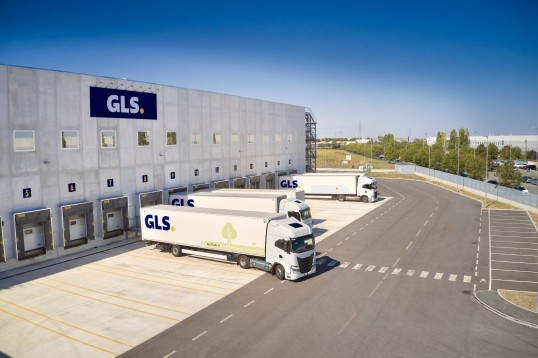Information and instructions for sender
On this page you will find information and instructions on using GLS’ services – such as instructions for packing and information about the fuel surcharge for contract customers.
Safe delivery starts with proper packaging
External packaging
Products packed in high-quality, moisture-resistant, double-corrugated cardboard boxes are generally well protected. Protecting corners, surfaces and edges is especially important. New boxes provide the best protection; second-hand boxes should only be used to ship products that are less likely to be damaged in transit. The heavier the content of a parcel, the more robust the outer packaging should be.
Internal protection
Any empty space inside the parcel should be filled with padding or protective material. The goods must not be allowed to move within the parcel. The protective material should be appropriate to the type of product being sent; suitable polystyrene moulds should be used with heavy and fragile products. The contents should not come into contact with the outer packaging.
Sealing
Suitable packing tape should be used to assemble and seal the parcel and the parcel should be well sealed on all sides. The heavier the parcel, the stronger tape should be used. Thorough sealing is essential for safe transportation.
Attaching an address label
An address label should be affixed to the largest side of the parcel, making sure that the barcodes on the card are readable and the parcel card does not get detached during normal shipping processes. Old address or shipping company instruction labels should be removed. The parcel should not be bundled together but sent separately. Each parcel must have its own address label.
You can find more instructions on packaging in our terms of delivery, which you can access at the bottom of the page.

